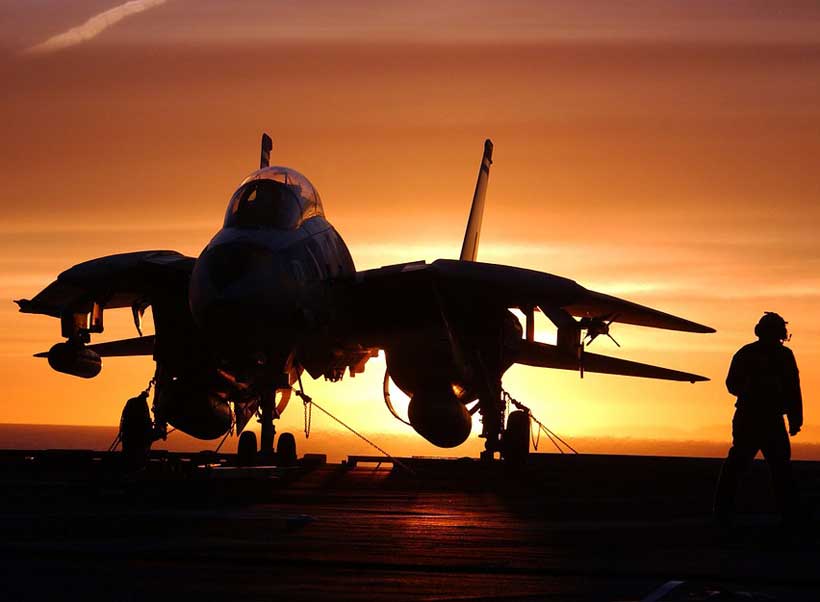“Each state pursues its own interest’s, however defined, in ways it judges best. Force is a means of achieving the external ends of states because there exists no consistent, reliable process of reconciling the conflicts of interest that inevitably arise among similar units in a condition of anarchy.” – Kenneth Waltz,
The worldwide security environment is experiencing substantial volatility and uncertainty as a result of huge developments and a pandemic, both of which have not been experienced in a century. In light of this, major countries including as Russia, the United States, the United Kingdom, France, Germany, and India have hastened their military reform while focusing on crucial sectors. 2022 might be a year when the military game between big nations heats up.
The military competition between major powers is first and foremost a battle for strategic domination, and the role of nuclear weapons in altering the strategic position is self-evident. In 2022, the nuclear arms race will remain the center of military rivalry between Russia, the United States, and other major countries, while hypersonic weapons will become the focus of military technology competition among major nations.
The current nuclear weapons competition between major nations will be more focused on technological improvements in weapon quality. In 2022, the United States would invest USD 27.8 billion in nuclear weapons development. It intends to buy Columbia-class strategic nuclear-powered submarines and improve nuclear command, control, and communication systems, as well as early warning systems.
One Borei-A nuclear-powered submarine, two Tu-160M strategic bombers, and 21 sets of new ballistic missile systems will be ordered by Russia. And its strategic nuclear arsenal is anticipated to be modernized at a pace of more than 90%. This year, the United Kingdom and France will both beef up their nuclear arsenals. They aspire to improve their nuclear forces by constructing new strategic nuclear-powered submarines, increasing the quantity of nuclear warheads, and testing new ballistic missiles.
Russia will commission the Zircon sea-based hypersonic cruise missiles this year and continue to develop new hypersonic missiles as a leader in hypersonic weapon technology. To catch up with Russia, the US will invest USD 3.8 billion this year in the development of hypersonic weapons. Hypersonic weapons are also being researched and developed in France, the United Kingdom, and Japan.
Surviving contemporary warfare is the cornerstone of the military competition between major countries, and keeping the cutting edge of conventional weapons and equipment is a necessary condition for victory. In 2022, major nations including as Russia and the United States will speed up the upgrade of primary war equipment.
The United States will concentrate on improving the Navy and Air Force’s weaponry and equipment. As planned, the US Navy will accelerate the upgrade and commissioning of weapons and equipment such as Ford-class aircraft carriers, Virginia-class nuclear-powered submarines, and F-15EX fighter jets, as well as develop a high-end sea and air equipment system that includes new aircraft carrier platforms and fifth-generation fighter jets.
Russian military equipment improvements are in full swing, with the army receiving additional T-14 tanks, the navy receiving 16 major vessels, and the aerospace force and navy receiving over 200 new or better aircraft. The commissioning of a new generation of Boxer armored vehicles in the United Kingdom will be accelerated. India will continue to push for the deployment of its first homegrown aircraft carrier in combat. Japan will also continue to buy F-35B fighter jets and improve the Izumo, a quasi-aircraft carrier.
The US military’s aim this year in the domain of electromagnetic spectrum is to push the Air Force’s Project Kaiju electronic warfare program and the Navy’s next generation jammer low band (NGJ-LB) program, as well as better enhance the electronic warfare process via exercises. Pole-21, Krasukha, and other new electronic warfare systems will be sent to Russia in order to increase the automation of electronic warfare systems. The electronic warfare systems of the Type 45 destroyers, as well as the Type 26 and Type 31 frigates, will be upgraded by the United Kingdom. To build combat power, the Japanese Self-Defense Forces will continue to develop the newly formed 301st Electronic Warfare Company.
Around the world, a new cycle of scientific, technical, and military upheaval is gaining traction, and conflict is swiftly shifting towards a more intelligent form. Russia, the United States, and other major countries have boosted their investment in scientific research in order to win future battles, with a concentration on intelligent technology, unmanned equipment, and human-machine coordinated tactics.
This year, the US military intends to spend USD 874 million on research and development to boost the use of intelligent technologies in domains such as information, command and control, logistics, network defense, and others. More than 150 artificial intelligence (AI) projects are presently being developed in Russia.
This year, it will concentrate on adapting intelligent software for various weapon platforms in order to improve combat effectiveness. France, the United Kingdom, India, and other countries have also stepped up their AI research and attempted to use it broadly in areas such as intelligence reconnaissance, auxiliary decision-making, and network security.
In the scope of human coordinated operations, the United States was the first to investigate and has a distinct edge. The US intends to conduct the first combat test of company-level unmanned armored forces, investigate ways for fifth-generation fighter jets to coordinate with unmanned reconnaissance aircraft and drone swarms, and promote manned and unmanned warships working together on reconnaissance, anti-submarine, and mine-sweeping missions.
Russia will work to integrate unmanned equipment into manned combat systems as quickly as feasible, while also promoting the methodical development of drones and unmanned vehicles. Furthermore, France and the United Kingdom are actively investigating human-machine coordinated techniques in military operations, such as large urban areas.


